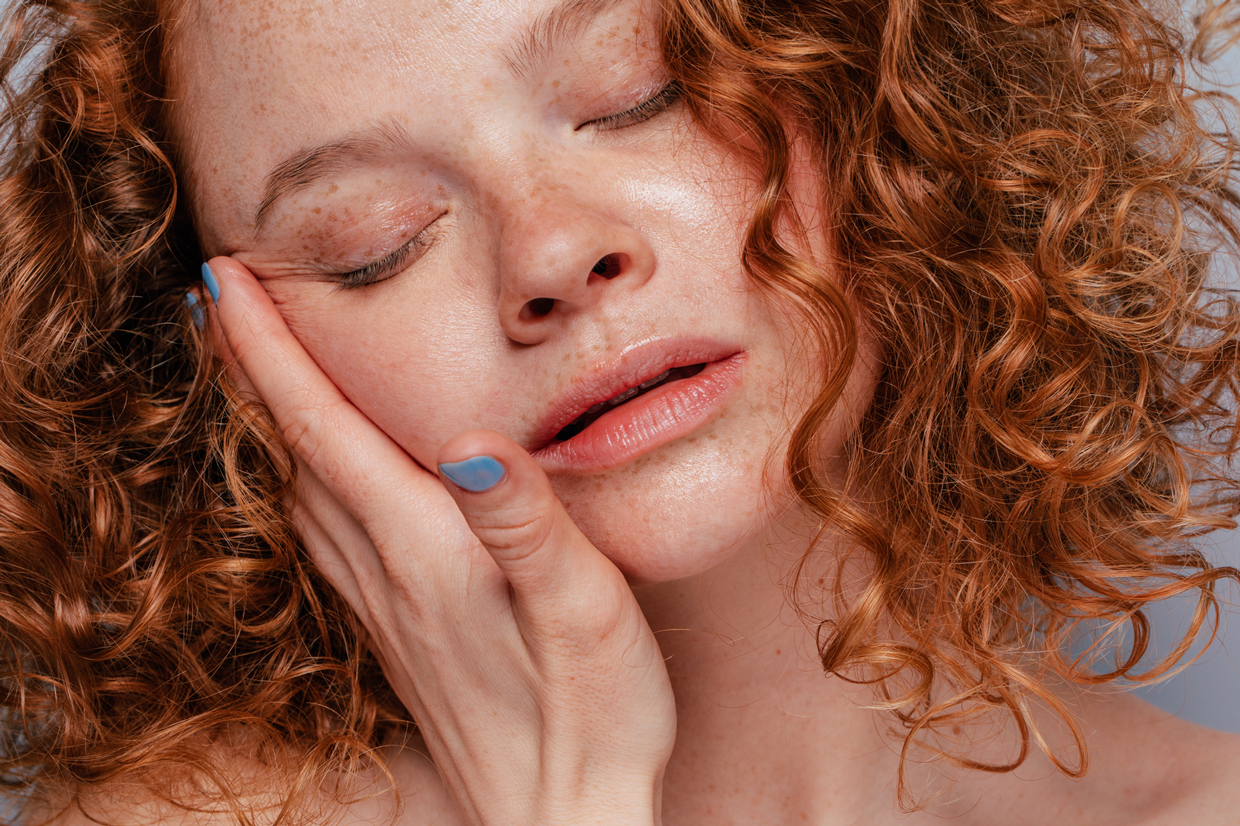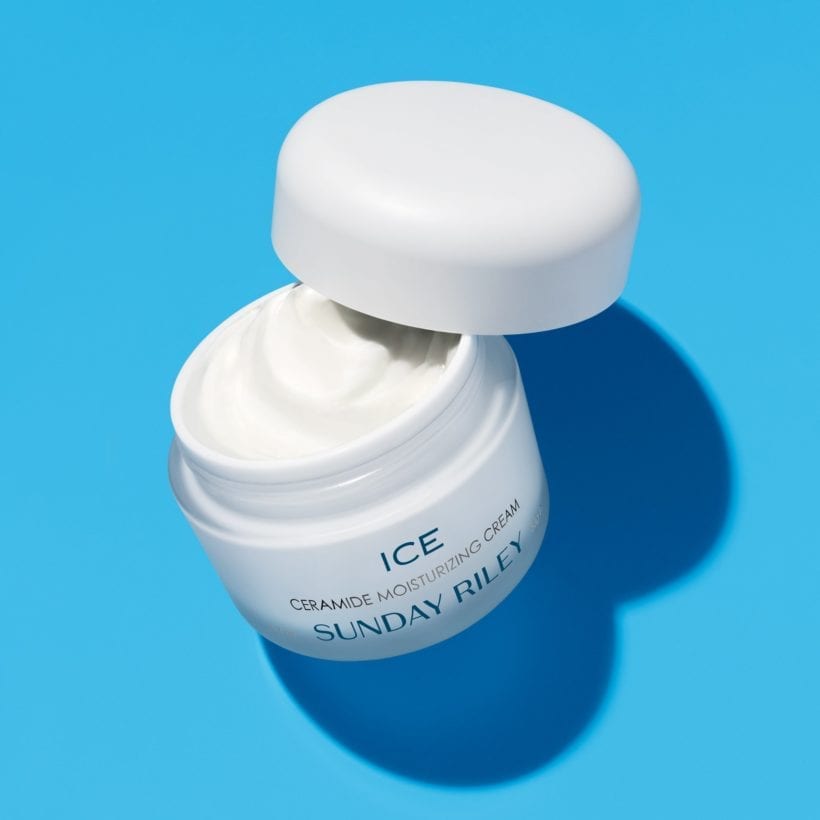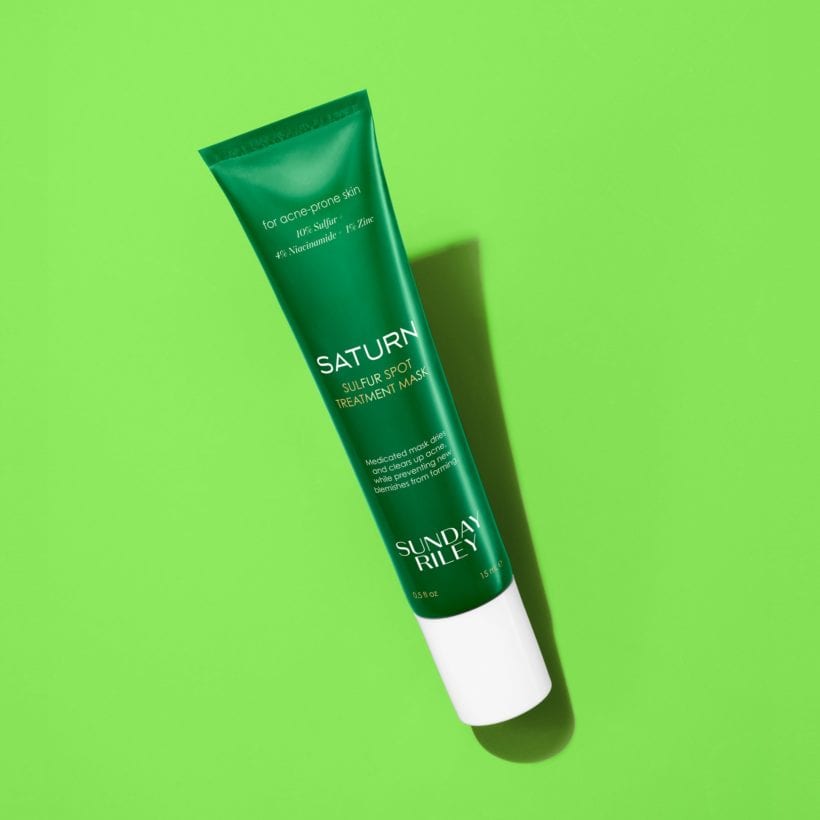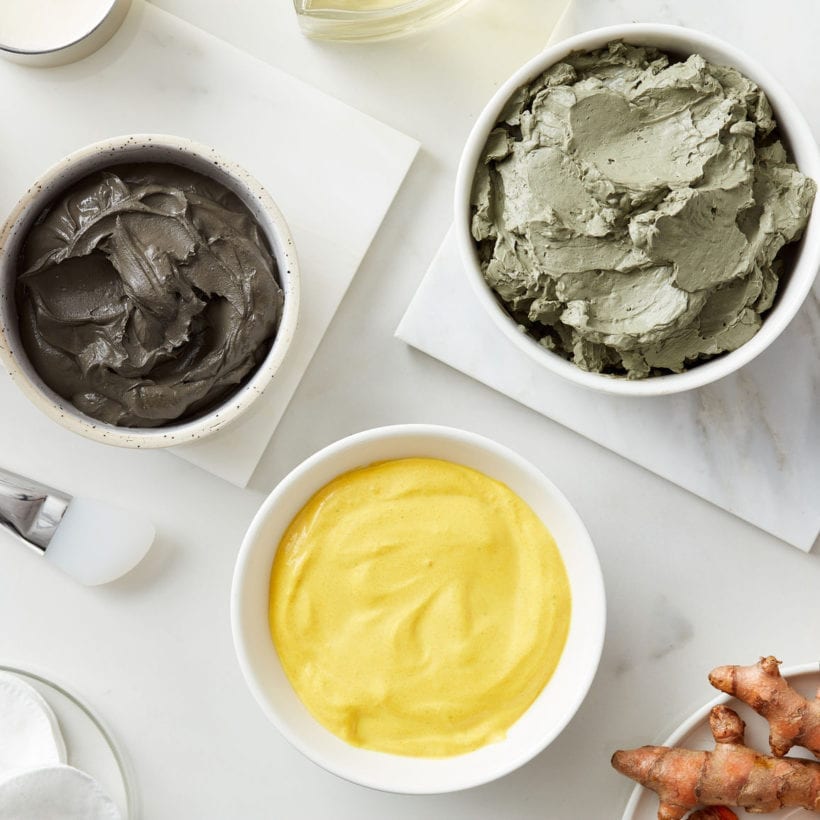Rosy cheeks might be a desirable trait for a Disney princess, but red cheeks that are near-impossible to calm down are anything but. In fact, facial redness, also known as facial erythema, is a common complaint among dermatology patients, especially during the wintertime — and there’s good reason for this timing.
In winter our skin is more exposed to irritating elements, such as colder temperatures, harsh winds, a decrease in humidity as well as dry and hot indoor air coming from heaters. Unfortunately, these elements can disrupt the skin barrier and make our skin more susceptible to moisture loss and sensitivity, leading to redness and irritation, notes Marisa Garshick, M.D., a dermatologist at Medical Dermatology & Cosmetic Surgery (MDCS) in New York.

Luckily, red cheeks are generally not thought to be concerning, particularly if it comes and goes, and is considered temporary. That said, Dr. Garshick points out that there are some medical conditions that can result in red cheeks, such as autoimmune conditions like lupus or another condition known as carcinoid syndrome that can result in facial flushing and redness of the cheeks. “In some cases, redness can occur as a result of a sun sensitivity when the cheeks are exposed to the sun and maybe more reactive than other areas on the body,” she says. “In general, if you experience redness of the cheeks, it is always good to speak with a board-certified dermatologist to best determine the cause and potential treatment options.”
What causes cheeks to be red?
There are a handful of reasons why red skin can creep up on you. One of the most common is rosacea, a skin condition that affects an estimated 16 million Americans, per the American Academy of Dermatology, which can appear in different forms including papules and pustules, general redness as a result of broken or dilated blood vessels, or as flushing. Some triggers can include sun exposure, stress, alcohol (especially red wine), spicy foods, certain medicines, and exposure to wind and cold (hello winter).
Eczema is also a common culprit of red or flaky skin. “It may result from dryness of the skin, in a form known as atopic dermatitis, or as a result of a contact dermatitis, in which something comes into contact with the skin that triggers inflammation that can appear as redness, itching, and flaking,” explains Dr. Garshick. “Generally, this can be treated with topical steroids, but it is important to see a board-certified dermatologist determine what the trigger may be.” Additionally, she recommends using a nourishing moisturizer (like ICE Ceramide Moisturizing Cream) to prevent the skin from becoming easily irritated.
Sometimes red cheeks are the result of sun exposure, especially in people who are sun-sensitive because of medications or underlying medical conditions. “If you are noticing an increase in sensitivity to the sun, not only is it important to remember regular use of sunscreen and to seek shade when available, but also to speak with a board-certified dermatologist to determine if any specific evaluation is needed,” says Dr. Garshick.
Best tips for treating red cheeks
Here, dermatologists share their best-kept tips for treating red cheeks.
Wear Sunscreen
One of the simplest and most important things you can do to cut down on the redness is to make sure you’re wearing sunscreen with an SPF of at least 30 each day. “Sun exposure can exacerbate redness and cumulative sun exposure may contribute to redness of the skin in the form of sun damage,” warns Dr. Garshick. “While it may not necessarily remedy red cheeks, it is a key way to prevent it and should be used as SPF 30 or higher, broad-spectrum and those with sensitive skin may opt for a mineral or physical blocker, containing zinc oxide or titanium dioxide.”
Apply a Cold Compress
If your red cheeks are the result of being exposed to high heat or from a trigger such as an alcoholic beverage, one of the quickest fixes for reducing the redness, according to Brendan Camp, M.D., a Manhattan-based dermatologist at MDCS Dermatology, is to apply a cold compress, whether that’s an ice pack or a frozen bag of peas. “A cold compress will constrict superficial blood vessels and make redness less pronounced,” he adds.
Use a Hydrating Moisturizer
If you’re dealing with facial redness, especially if it’s associated with dryness, burning, or tightness of the skin, this can mean the skin barrier is impaired, according to Dr. Garshick. Luckily, there’s a quick fix and that’s applying a hydrating moisturizer, ideally one with an SPF of at least 30, like Light Hearted Broad Spectrum SPF 30 Daily Face Sunscreen.“Moisturizing the skin regularly helps to support and strengthen the skin barrier which can help to improve the overall health of the skin and as a result, help to reduce redness,” Dr. Garshick adds.
Try a Niacinamide-Containing Product
For some people whose redness is related to inflammation, niacinamide can be a helpful ingredient as it is calming on the skin according to Dr. Garshick. “Niacinamide can act as an anti-inflammatory and soothe the skin and reduce the potential for redness,” she says. She recommends using a niacinamide-containing serum, cleanser, or moisturizer 1-2 times per day for optimal redness prevention.
Use Green-Tinted Products
Red and green complement each other, which means that if you use makeup or skin-care product that has a green tint to it, it will help mask the appearance of facial redness. “Because the green-tint helps to neutralize the redness, for someone who is unable to find a quick fix for the redness, green-tinted makeup provides a helpful option to camouflage,” says Dr. Garshick. “It can be layered after traditional skincare products and provide benefits throughout the day.” While it is not a permanent fix and doesn’t target the underlying cause, Dr. Garshick explains that it can help to improve the overall appearance of redness.
See a Board-Certified Dermatologist
If you’re coming up short on relief for your redness, it’s a good idea to make an appointment with your board-certified dermatologist who can evaluate some root causes and determine if any prescription medications may be helpful. It is important to note that when the redness relates to blood vessels, one of the most effective treatments is a laser to target the blood vessel and as a result, reduce redness.
We only recommend products we have independently researched, tested, and loved. If you purchase a product found through our links, Sunday Edit may earn an affiliate commission.









